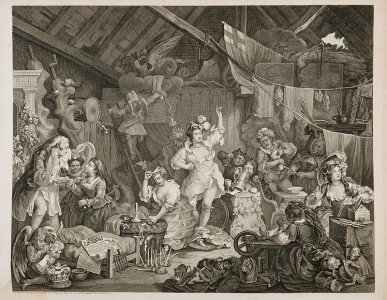“Attore ben vestito, mezza parte fatta”: all’origine dell’Haute Couture
Abstract
The essay intends to reflect about the difficulty of knowing the historical moment in which we consciously define the concept of ‘stage costume’. Before the 19th century the actors rather called it ‘habito’, as it was designed by mostly anonymous painters, actors, and Iconology. Their execution was entrusted to the tailor's court or to the convents of nuns. We have to write a complex history founded on the intersection of a rich cultural heritage of iconographic sources (from the drawings of the sketches to photographs), critical-documentary and literary treatises. Only in the transition from the nineteenth century to the twentieth the intersection and sharing of Arts (painting, sculpture, photography, design, gestures, song and dance) will acquire full awareness that the combination of Theatre and Fashion can be an excellent and innovative means of communication both socio-cultural and artistic point of view. The revolutionary introduction of the photograph in the relationship between the actor and his costume 'fashionable', represents an innovative tool of communication with the public (not exclusively play), acquiring unprecedented artistic potential, promotional and trade.

Downloads
Pubblicato
Come citare
Fascicolo
Sezione
Licenza
Copyright (c) 2023 Elephant & Castle

TQuesto lavoro è fornito con la licenza Creative Commons Attribuzione 4.0 Internazionale.





